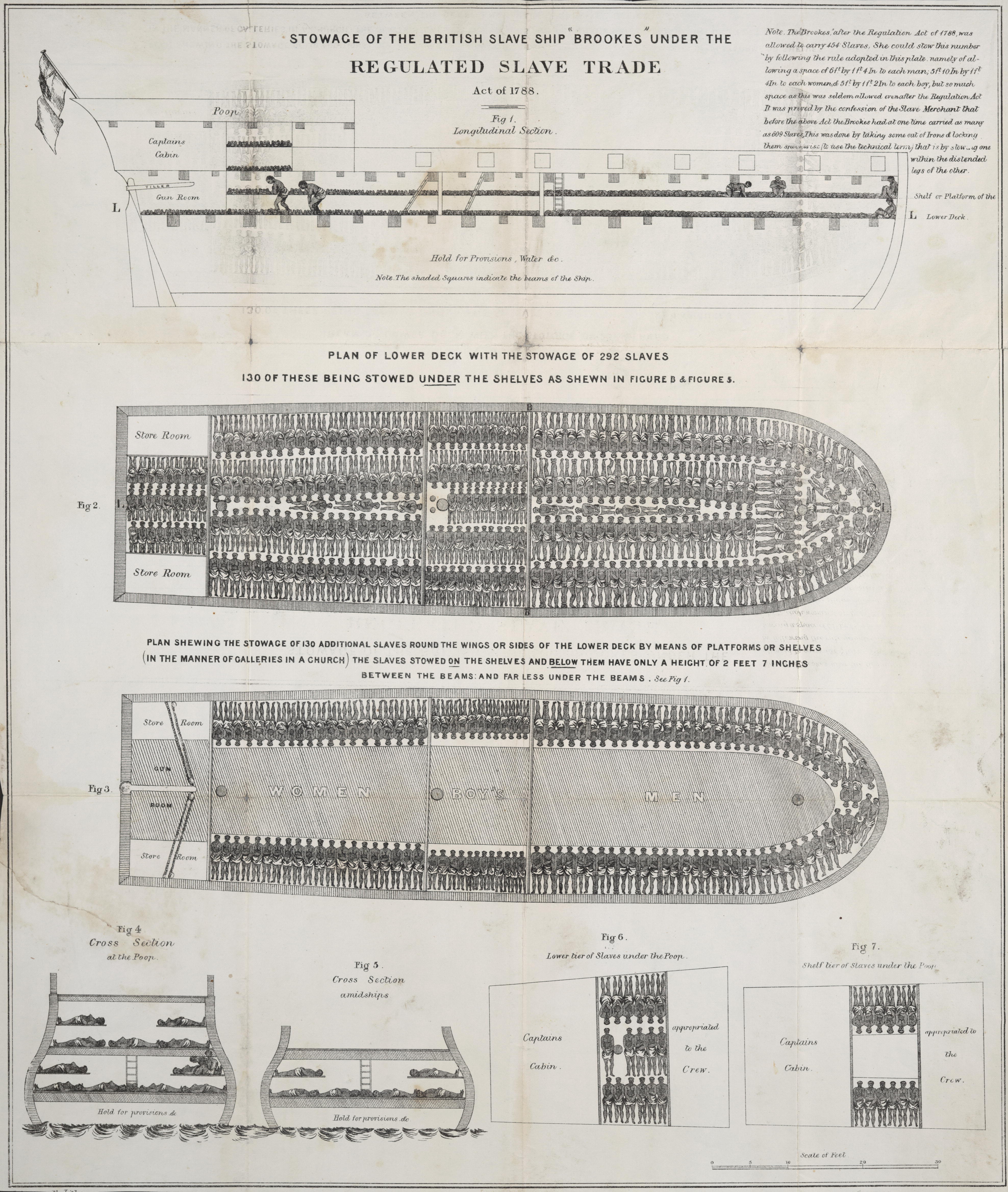|
Chambers (ship)
Several vessels have been named ''Chambers'': * was launched in Bristol in 1776. She spent most of her brief career as a West Indiaman. An American privateer captured her in October 1782. * was launched in America in 1781, possibly under the same name. ''Chambers'' first appeared in ''Lloyd's Register'' in 1783. She traded between Liverpool and Africa, but is not listed as a slave ship Slave ships were large cargo ships specially built or converted from the 17th to the 19th century for transporting slaves. Such ships were also known as "Guineamen" because the trade involved human trafficking to and from the Guinea coast .... She foundered in 1792. * was launched at Liverpool in 1794. She was lost in 1795 as she was returning to Liverpool from Jamaica. See also * was an in service with the United States Navy from 1943 to 1946 and from 1955 to 1960. From 1952 to 1954, she was loaned to the United States Coast Guard where she served as USCGC ''Chambers'' (WDE-491). She was ... [...More Info...] [...Related Items...] OR: [Wikipedia] [Google] [Baidu] |
West Indiaman
West Indiaman was a general name for any merchantman sailing ship making runs from the Old World to the West Indies and the east coast of the Americas. These ships were generally strong ocean-going ships capable of handling storms in the Atlantic Ocean. The term was used to refer to vessels belonging to the Danish (e.g. ), Dutch, English, and French (e.g. ) West India companies. Similarly, at the time (18th and 19th centuries) people also referred to East Indiamen (ships trading with the East Indies), Guineamen (slave ships), or Greenlandmen ( whalers in the North Seas whale fishery). British West Indiamen tended to be London-built and to sail directly from England (generally London), to the West Indies. Guineamen tended to be built (or owned) in Bristol and Liverpool, and to sail from Bristol or Liverpool via West Africa in what is now often referred to as the triangular trade in enslaved people. There were London-based Guineamen, (for example ), and Liverpool-based West Indiam ... [...More Info...] [...Related Items...] OR: [Wikipedia] [Google] [Baidu] |
Slave Ship
Slave ships were large cargo ships specially built or converted from the 17th to the 19th century for transporting slaves. Such ships were also known as "Guineamen" because the trade involved human trafficking to and from the Guinea coast in West Africa. Atlantic slave trade In the early 1600s, more than a century after the arrival of Europeans to the Americas, demand for unpaid labor to work plantations made slave-trading a profitable business. The Atlantic slave trade peaked in the last two decades of the 18th century, during and following the Kongo Civil War. To ensure profitability, the owners of the ships divided their hulls into holds with little headroom, so they could transport as many slaves as possible. Unhygienic conditions, dehydration, dysentery and scurvy led to a high mortality rate, on average 15% and up to a third of captives. Often the ships carried hundreds of slaves, who were chained tightly to plank beds. For example, the slave ship ''Henrietta Marie ... [...More Info...] [...Related Items...] OR: [Wikipedia] [Google] [Baidu] |

